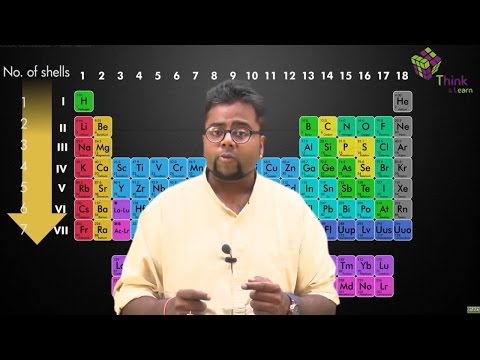When you are studying chemistry, terms like elements and atoms are the most commonly used terminologies amongst others. However, as the subject gets more advance, the science behind the subject usually gets complex. And, these terms like atom and element can easily be confused. Thus, it is important to understand the difference between elements and atoms clearly.
Before getting into the major differences, let’s have a look at what these terms mean. So, an element is basically a pure or raw chemical substance that consists of one or a certain type of atom. An element is categorized based on its atomic number. They have been classified and grouped as metal, metalloids and non-metals in the periodic table. Talking about atoms, it can be considered as the smallest amount of an element. These are the simplest units of all matter. Meanwhile, an atom has its own unique name, mass and size.
Difference between Elements and Atoms
We already have some idea now that all substances are made up of elements and atoms. Here, will learn some major differences between the two. You can find the differences between elements and atoms below.
| Difference between Elements and Atoms | |
|---|---|
| Elements | Atoms |
| An element is the simplest form of a substance. Generally, it cannot be simplified or broken down further into smaller particles. | An atom is the part of an element. |
| A particular element is composed of only one type of atom. | Atoms are further composed of subatomic particles called electrons, protons and neutrons. |
| Elements can combine with each other to form molecules via chemical reaction. | Atoms can also combine to form molecules but if all bound atoms are of similar type elements are formed. |
| Elements are bigger and heavier. | Atoms are very tiny particles, and they cannot be seen through a microscope. |
| There are a total of 118 elements. | There are 92 different kinds of atoms in nature. |
| The term element is used often when talking about the periodic table, and chemistry in general. | Atom is used more in physics while in chemistry it is often mentioned when talking about atomic number or mass. |
Recommended Videos

Frequently Asked Questions – FAQs
How are atoms of different elements different?
Normally the number of electrons is equal to the number of protons which electrically neutralises atoms. One atom’s defining feature is the number of protons in an atom. That is what differentiates one product from another. In an atom the number of protons is considered the atomic number.
Are atoms indivisible?
An atom is defined as the smallest individual particle of a matter. Atom was the indivisible particle up till Dalton’s theory. Then in 1897 when J J Thomson discovered electrons he stated that atoms are divisible. Then new subatomic particles proton, electron, and neutron were discovered so now atom is divisible.
Can an atom be created?
Atoms, because they are indestructible, can not be formed or destroyed; they can not be split into smaller pieces. That was based upon the Mass Conservation Statute. It was discovered later that atoms would divide into smaller pieces.
Why is hydrogen an element?
Henry Cavendish first accepted hydrogen as a distinct entity in 1766. Hydrogen is the smallest and most common substance in the universe. It is composed of a single proton and a single electron. Hydrogen is the raw fuel most stars ‘use’ for energy output.
Is an atom the largest part of an element?
Atomic radii differ throughout the periodic table consistently. The atomic radius increases from top to bottom in a body, as can be seen in the figures below, and decreases over a span from left to right. And the smallest particle is helium, and the largest is francium.
These are some differences between elements and atoms To know more about important differences between other chemistry topics you can keep visiting BYJU’S or download our app for interesting content and learning experience.
Related Links:
| Atoms and Molecules | Atomic Structure |
| Periodic Table Elements | Classification of Elements in the Modern Periodic Table |

Comments